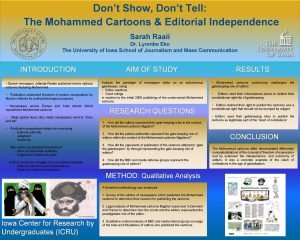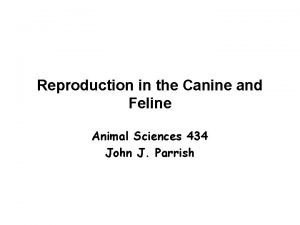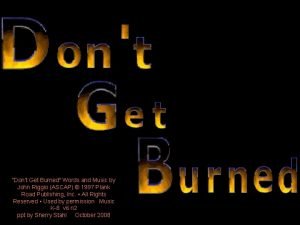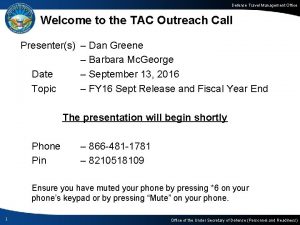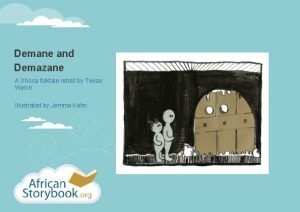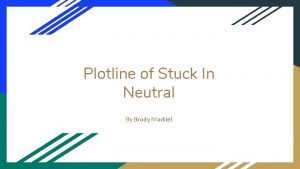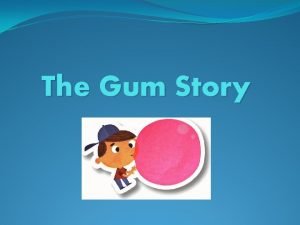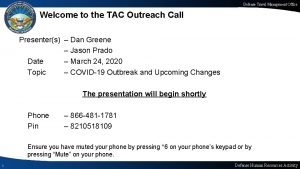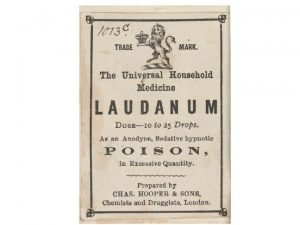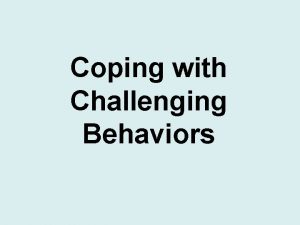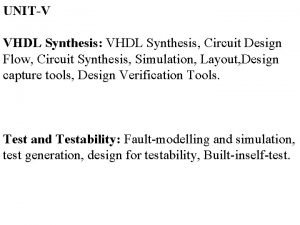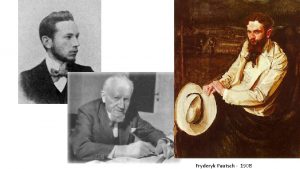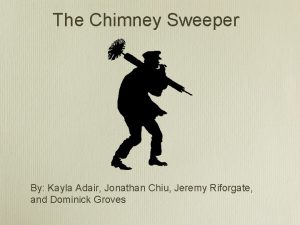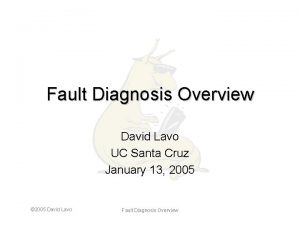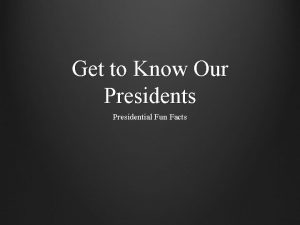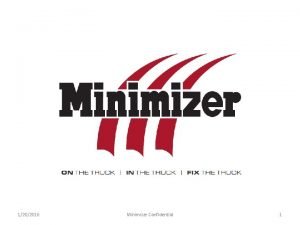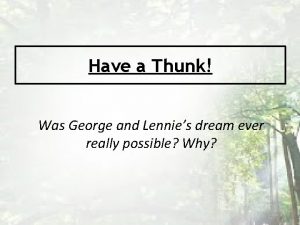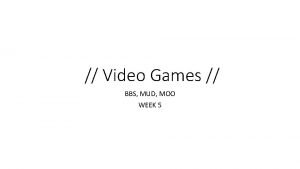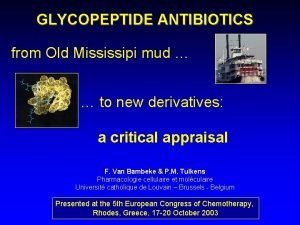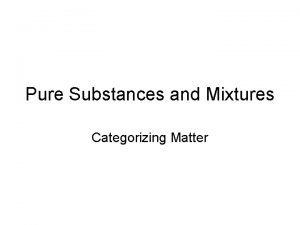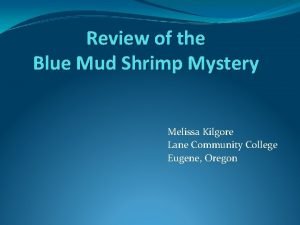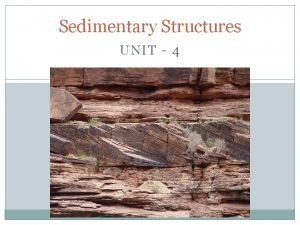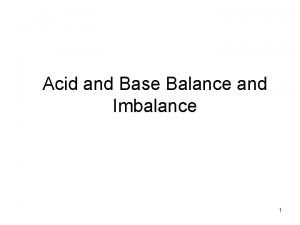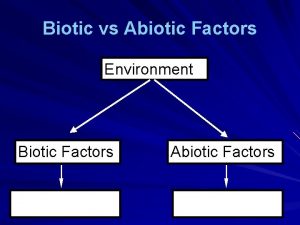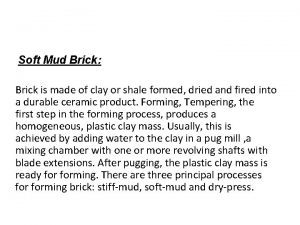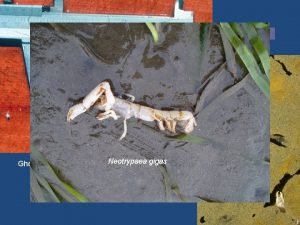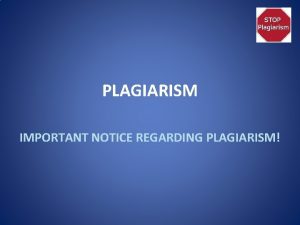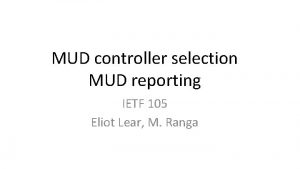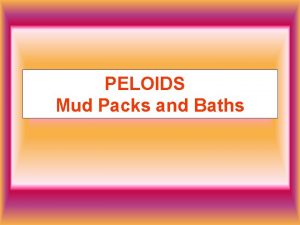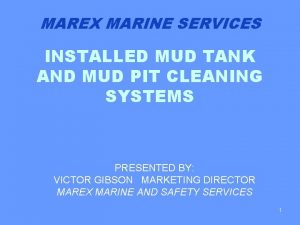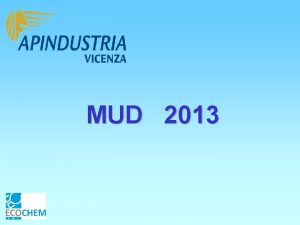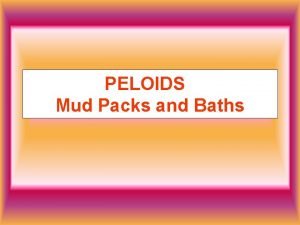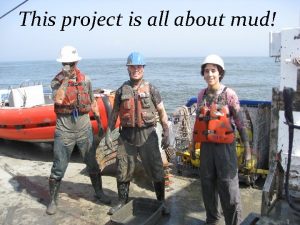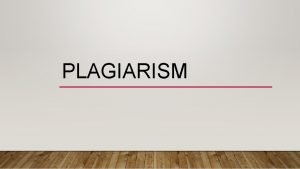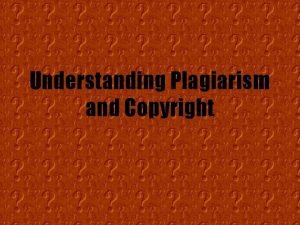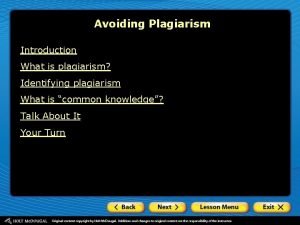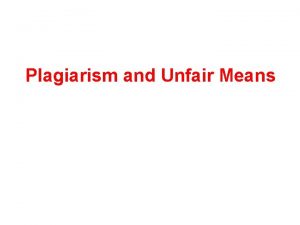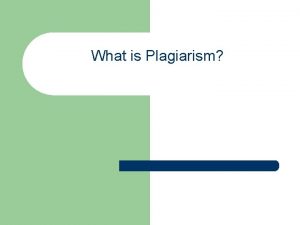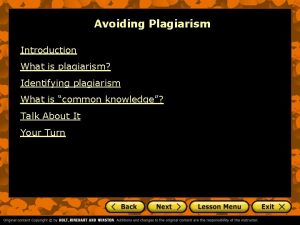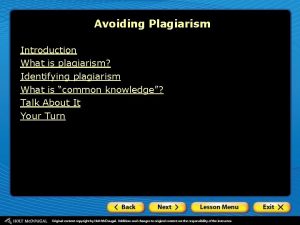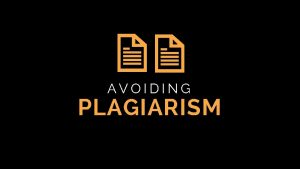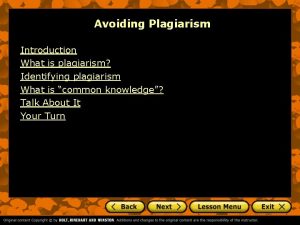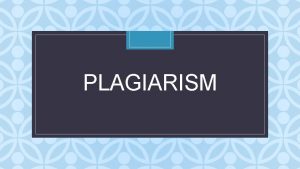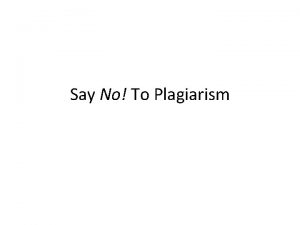Plagiarism Pigsty Dont get stuck in the mud





































- Slides: 37

Plagiarism Pigsty Don’t get stuck in the mud! http: //flickr. com/photos/garrulus/808181205/in/photostream/ Linda Mc. Sweeney Spaulding High School Last updated 9/23/2008

What is Plagiarism? Plagiarize: to steal or pass off (the ideas or words of another) as one’s own: use (another’s production) without crediting the source (Merriam-Webster’s Collegiate Dictionary 11 th ed).

It’s not a black & white issue. Plagiarism can get a bit muddy…. Purdue University Online Writing Lab, http: //owl. English. purdue. edu/handouts/research/r_plagiar. html

Clearly Plagiarism Cutting and pasting (without citing) someone else’s work is plagiarism! It turns your paper into garbage!

So, what’s the BIG deal?

Honesty matters @ Spaulding

We want to know what

YOU think

YOU know

YOU learn

SHS Academic Honesty Policy “Academic Integrity matters at Spaulding. It represents a student’s commitment to honesty and respect with teachers and among peers. It also demonstrates a student’s responsibility for his/her own learning. ” (from: Barre Technical Center and Spaulding High School Campus: Parent and Student Handbook 2008 -2009. )

SHS Academic Honesty Policy “Academic misconduct, intentional or unintentional is unacceptable at Spaulding. Misconduct is defined as: n Cheating— providing or receiving unauthorized assistance n Plagiarism— presenting someone else’s ideas, words, or graphics n Falsification-- falsifying or inventing information…; forging n Interference— interfering or obstructing another student’s n Complicity— working in groups without teacher approval as your own without giving credit to the original author signatures on school-related documents. academic work (ex. Stealing notes) (from: Barre Technical Center and Spaulding High School Campus: Parent and Student Handbook 2008 -2009. )

So here’s a sample from a research paper…

Three sloping couches were placed around a square table with one left open for serving. Blankets and pillows were arranged also on the couches…

Be happy she isn’t your teacher!

Sloping couches? Hmmm…

http: //flickr. com/photos/michaelloudon/337638145 http: //creativecommons. org/licenses/by-nc-nd/2. 0/deed. en

So WHEN do you have to give credit to someone else? (cite your source)

words

ideas

http: //flickr. com/photos/paws_and_toes/539491001/ graphics

What 3 types of information should always be cited in a paper or project?

Is there any time you don’t have to give credit and cite a source? Absolutely! ü ü When it’s YOUR OWN words, ideas, or graphics. When you use “COMMON KNOWLEDGE”-- (The theory is that everybody knows this stuff).

What are the two times you don’t need to cite your source? Your Own Information Common Knowledge (Can I find the same information in at least 3 sources? )

Don’t drown in the details of what is or is not plagiarism…. If you aren’t sure about it, just be safe and cite it. http: //flickr. com/photos/haller/1225898901/

Which of these do you need to cite? q How I feel about Sept. 11, 2001. NO. It’s my words and ideas. q Information I learned about whales on a National Geographic television program YES! Someone else’s words and ideas even though it isn’t on paper. q A quote from Martin Luther King’s “I Have a Dream” speech YES—if it’s in quotes then you must cite it. q That the United States declared independence from England on July 4, 1776. NO—this is “common knowledge”

q A summary I wrote in my own words with information that came from a library book Well, YES! The info came from a book! q A copyrighted photo I found by searching Google “Images” cut and pasted into my Power. Point presentation Most definitely YES! I didn’t create it! q Information in a second paragraph that came from a source I already cited in another paragraph. Absolutely—every paragraph should be cited unless it’s your own thoughts or common knowledge q A paragraph from a letter my grandfather wrote about his experiences in Vietnam Yes, it’s your grandfather’s words, not your words.

Research Paper Toolbox Quote ØParaphrase ØSummarize Ø

Quote How to Quote? Hit the nail directly on the head with a hammer! n n Must match your source exactly wordfor-word Must be just a small part of the original

Notetaking Tip-When you take notes, circle or highlight anything that is a quote. n “In his book, called Description of the World, Polo told about Kublai Kahn’s prosperous, advanced empire. ”

Paraphrase How? This is like using a wrench to ‘monkey’ around. It sounds simple, but it can be tricky. The rule is: USE YOUR OWN WORDS

Paraphrase Example Original from World Book My Paraphrase — “Polo commented on many Chinese customs, such as the mining and use of coal as fuel. Coal had not yet been used in Europe. Polo called coal black stones. ” When he returned from his trip to China, Marco Polo brought back many new ideas to Europe. He told of the Chinese use of “black stones” for fuel. Using coal for fuel was a new concept for Europeans in 1298. Encyclopedia--

Summarize How? Think about painting with a big paint roller—no details. n n Include only the main points Read the source first, make notes, then, write a summary without looking at the source

Summarize Example Original Text— “Polo commented on many Chinese customs, such as the mining and use of coal as fuel. Coal had not yet been used in Europe. Polo called coal black stones. ” My Summary— Marco Polo, gave Europeans some of their earliest information about Chinese customs.

Remember your toolbox! Quote Ø Paraphrase Ø Summarize Ø

Are you going to get stuck in the plagiarism pigsty? I hope your answer is: When pigs fly!

The End! All clip art, photos, animations, and sound files are from copyright free or creative commons licensed sources
 Get on get off get in get out
Get on get off get in get out Dont ask dont tell political cartoon
Dont ask dont tell political cartoon Don't laugh at me allen shamblin
Don't laugh at me allen shamblin How long is a dogs heat cycle
How long is a dogs heat cycle One direction songs with alliteration
One direction songs with alliteration Dont get burned
Dont get burned Dts stuck at cto submit
Dts stuck at cto submit Demazane
Demazane Stuck in neutral summary
Stuck in neutral summary Gum story asl script
Gum story asl script Defense travel management office
Defense travel management office Stuck
Stuck Cpt stuck points examples
Cpt stuck points examples It takes two stuck in slide
It takes two stuck in slide Stuck at fault
Stuck at fault Irregular verbs meet
Irregular verbs meet Rym do pluszcze
Rym do pluszcze Kayla adair
Kayla adair Stuck at fault
Stuck at fault Presidential fun facts
Presidential fun facts Pseudocode selection
Pseudocode selection Get up get moving quiz
Get up get moving quiz Get focused get results
Get focused get results Get up get moving quiz
Get up get moving quiz Germer
Germer Get up get moving
Get up get moving Is sunlight biotic
Is sunlight biotic Minimizer mud flaps
Minimizer mud flaps Two tramps in mud time summary
Two tramps in mud time summary Mud bbs
Mud bbs Vancomycin mississippi mud
Vancomycin mississippi mud Mixtures and compound
Mixtures and compound Isopod shrimp
Isopod shrimp Linguoid ripples
Linguoid ripples Mud pie metabolic acidosis
Mud pie metabolic acidosis Is sunlight a biotic factor
Is sunlight a biotic factor Soft mud brick
Soft mud brick Orthione griffenis
Orthione griffenis

